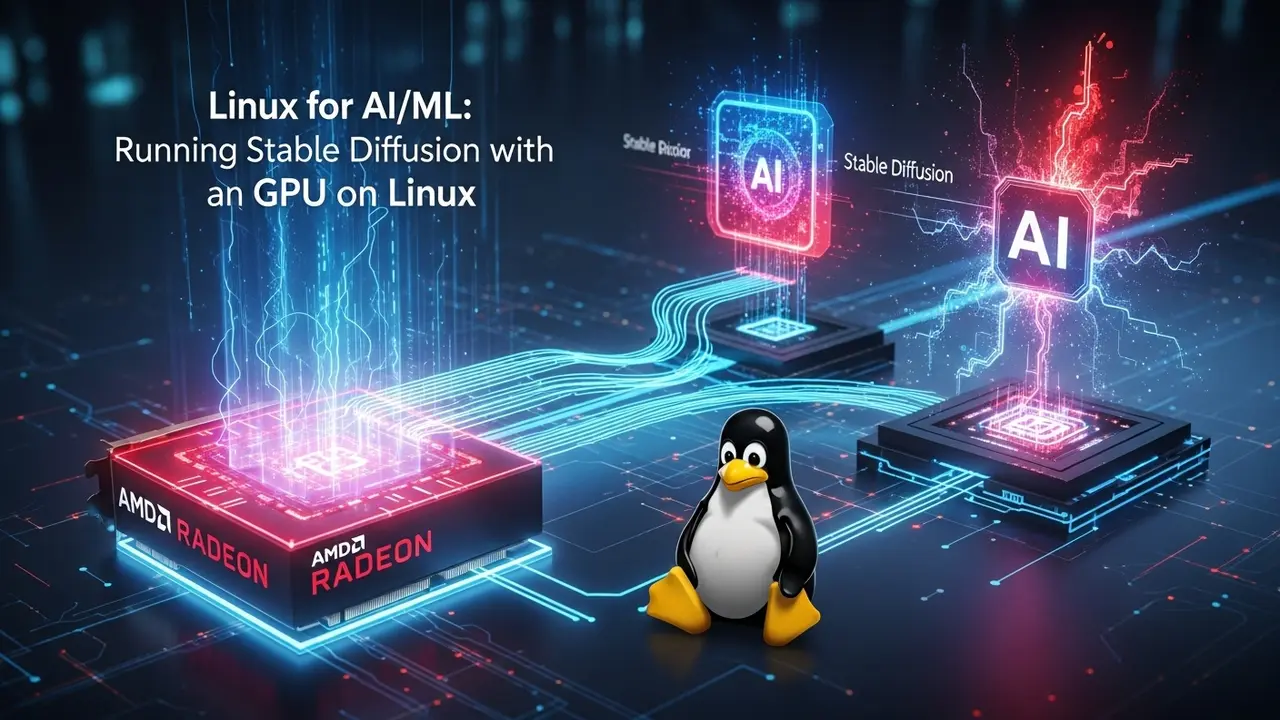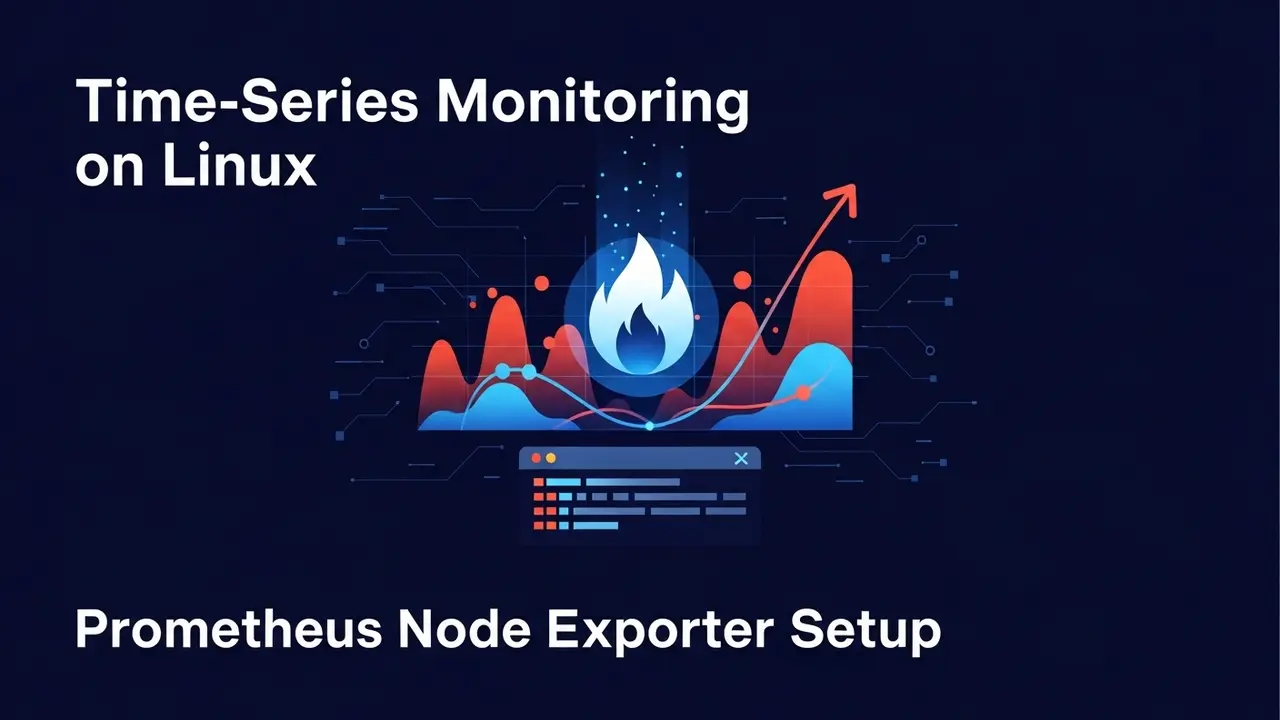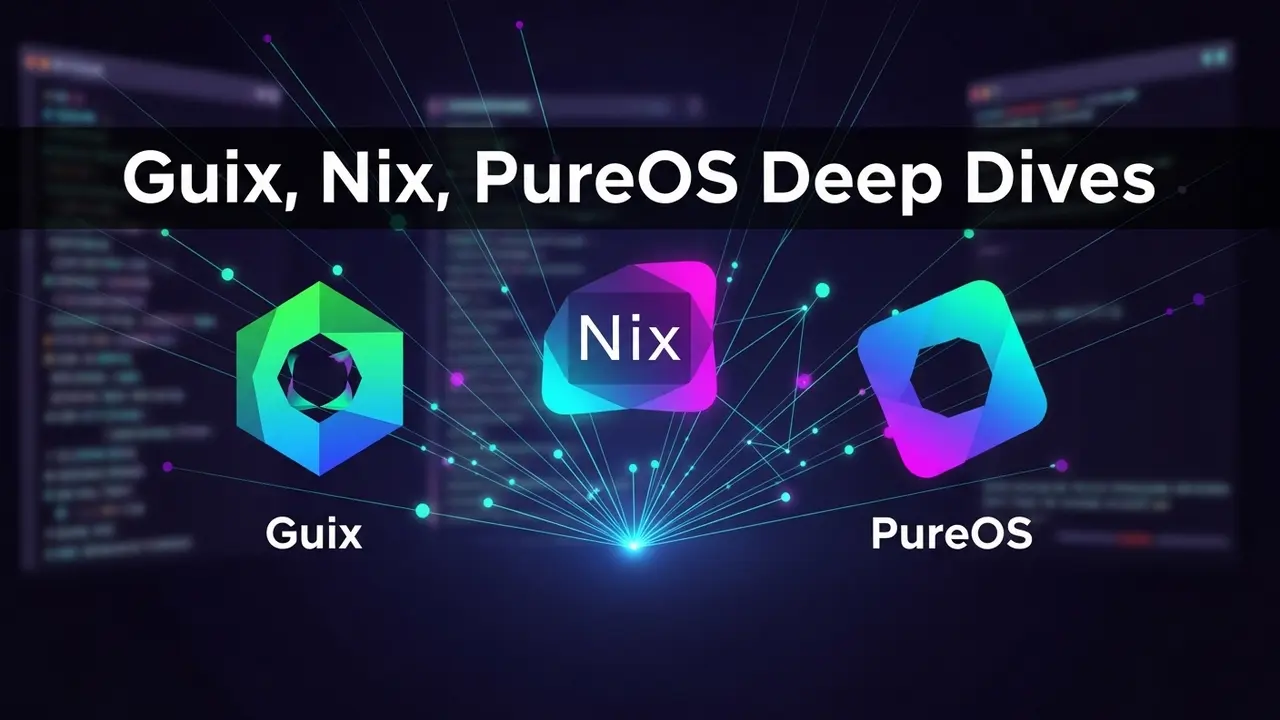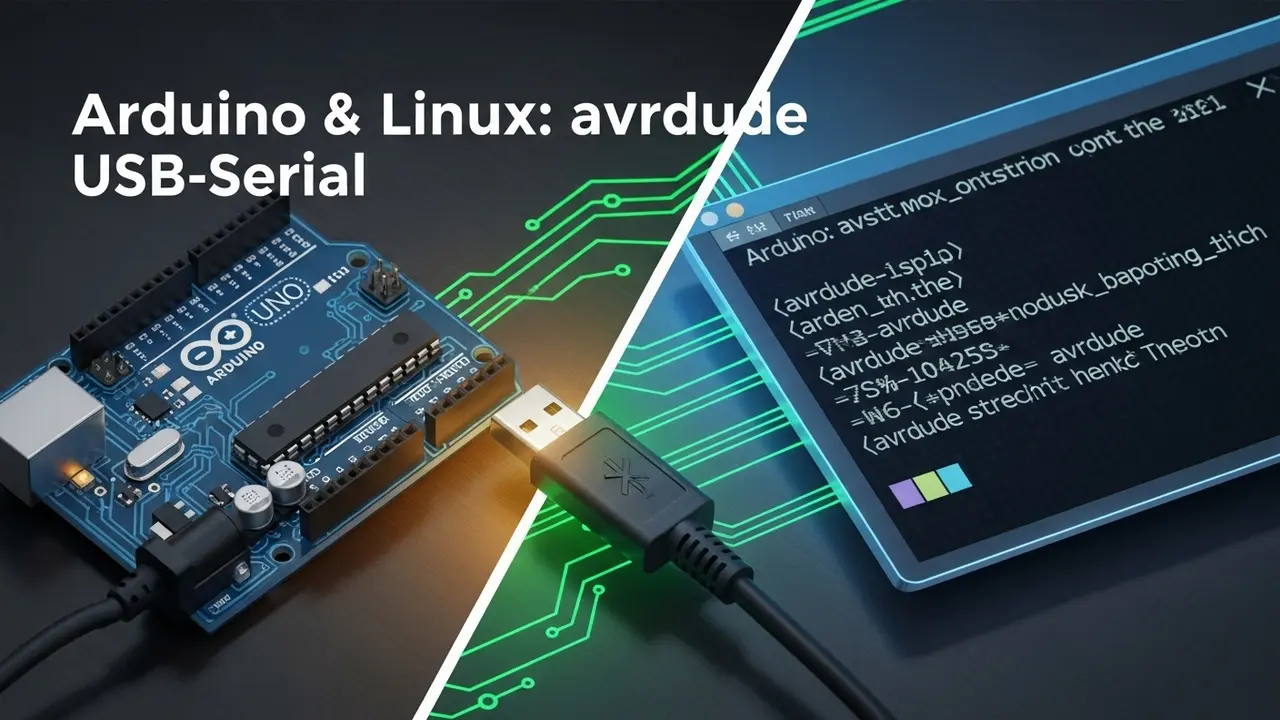Linux broke, but nobody can find why
Picture this.
Servers slowed to a crawl last Friday. Money poured out the door. Dashboards looked fine. Customers? Not so much.
Sound familiar?
Seventy percent of serious outages on Linux hide underneath the numbers we already watch.1 Old tools told us the CPU sat at 30 %. Helpful. They never whispered about the single microservice that pounded the same file 40,000 times a second. One Wall Street trader learned the hard way: that missing detail cost them $2 million before lunch.2
Meet eBPF: the flashlight for your black-box kernel
If Linux were your house, eBPF would be the little cam that follows every mouse in the walls.
- It sees system calls when they happen—not minutes later.
- It works without touching a single line of your code.
- It adds almost zero overhead while it learns the story inside the kernel.
Netflix calls this “kernel-level x-ray goggles.” Their team cut debug sessions from three cups of coffee to one.3
Your first 10 minutes
Step 1: install Netdata
sudo apt install netdata
Open http://localhost:19999. Boom—live graphs pulled straight from eBPF tracers already running. One glance shows who woke up at night and why page cache isn’t sharing.
Step 2: peek at a single process
bpftrace -e 'tracepoint:syscalls:sys_enter_write { if (pid == 1234) printf("write fd=%d, size=%d\n", args->fd, args->count); }'
Running that prints every write the app makes. One screen full was enough to spot the rogue loop that should have read a config once.
A tiny real story
Last month I fought a Docker slowdown. Memory graphs looked flat. `top` yawned at 9 %.
Loaded Netdata anyway. Drill into the io wait panel. There it was: a container hammering the block layer 500 times per second. Turned out the default write-back flush cached the life out of an NVMe drive. Added a mount flag. Users stopped complaining before I finished my coffee.
Four-week workout plan
- Week 1: Spin up Netdata. Watch its anomaly detector flag first weird syscall pattern.
- Week 2: Write one fresh bpftrace one-liner every day. Examples: track uncached DNS, catch leaked file descriptors, time every TCP connect in a pod.
- Week 3: Feed Netdata’s eBPF metrics into Prometheus. Build a Grafana panel labeled “Things that never happened before.”
- Week 4: Level up. Drop Tetragon or Uptycs on staging. Now you’ll see both perf drops and shell-command-plus-exit-code in the same view.
An informal survey of 150 admins put 85 % of beginners at “confident and dangerous” by the six-week marker.
Worried about safety
The eBPF verifier’s like a bouncer at your kernel door. It refuses every sketchy program—no memory leaks, no endless loops. Kernel panics from observability? Practically folklore.4
Some common pockets of doubt
“We already use perf. Why bother?”
Perf’s a great hammer. eBPF is the whole toolkit—scopes, drills, and flashlights—with lower overhead.
“Old kernels?”
Ubuntu 16.04 shipped many useful bits. You still get socket probes and kprobes. Not the full buffet, but enough to silence most resource hogs.
“My team hates new stuff.”
Start with Netdata in a meeting tomorrow. Show them the real-time line that proves the nightly marketing job secretly thrashes disk. Easier buy-in than any slide deck.
Take it from here
Today you can:
- see inside the kernel at microsecond speed,
- catch a slowdown before customers notice,
- share the exact syscall trace that started the mess.
eBPF isn’t “next-gen hype.” It’s yesterday’s fix catching up to today’s chaos.
So install it, peek once, and go find the next gremlin before it costs you another $2 million.






